- Messages
- 2,937
- Name
- Phil
- Edit My Images
- Yes
I seem to have been shooting a lot of wildlife lately and haven't uploaded anything for ages.

Buzzard 27-11-17-10 by Philip Blair, on Flickr
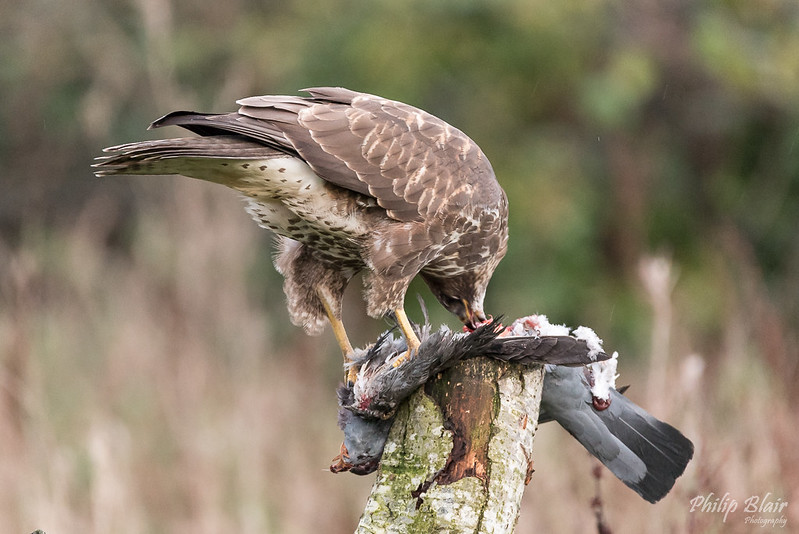
Buzzard 27-11-17-4 by Philip Blair, on Flickr
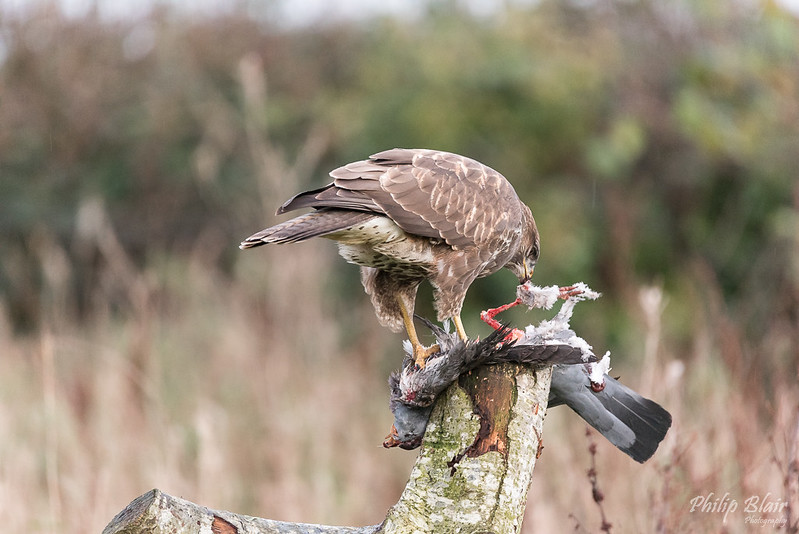
Buzzard 27-11-17-13 by Philip Blair, on Flickr

Buzzard 27-11-17-10 by Philip Blair, on Flickr

Buzzard 27-11-17-4 by Philip Blair, on Flickr

Buzzard 27-11-17-13 by Philip Blair, on Flickr


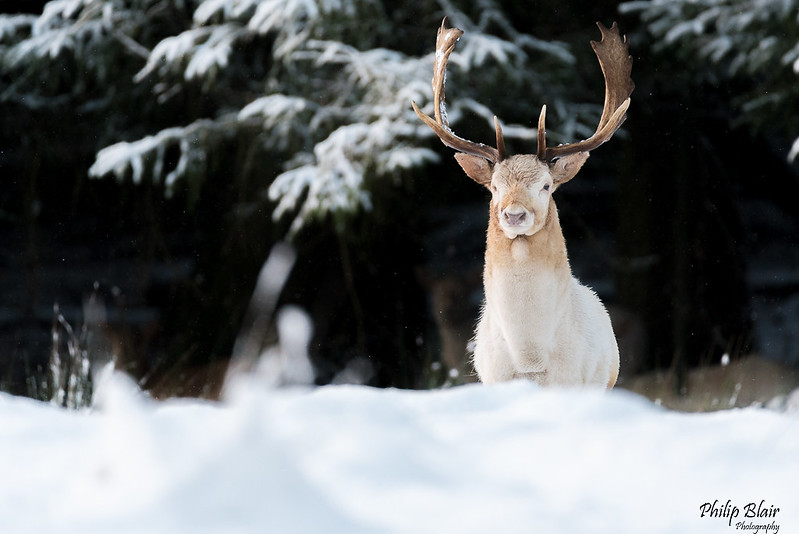
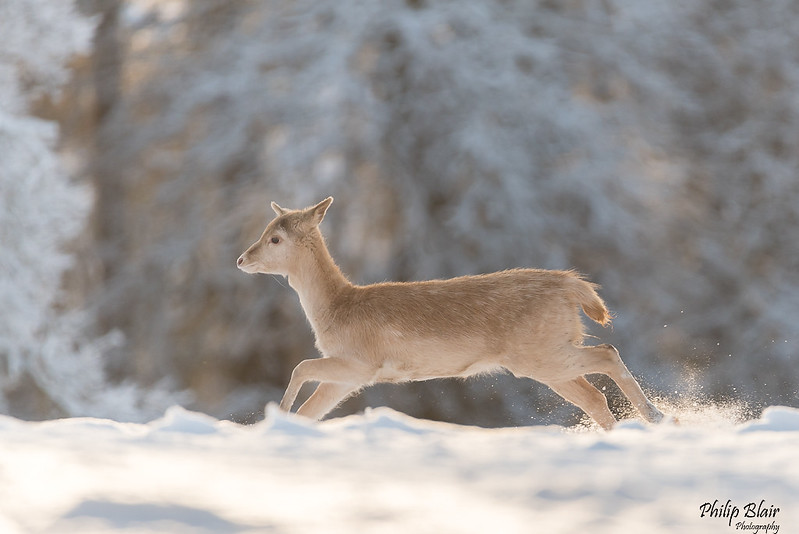

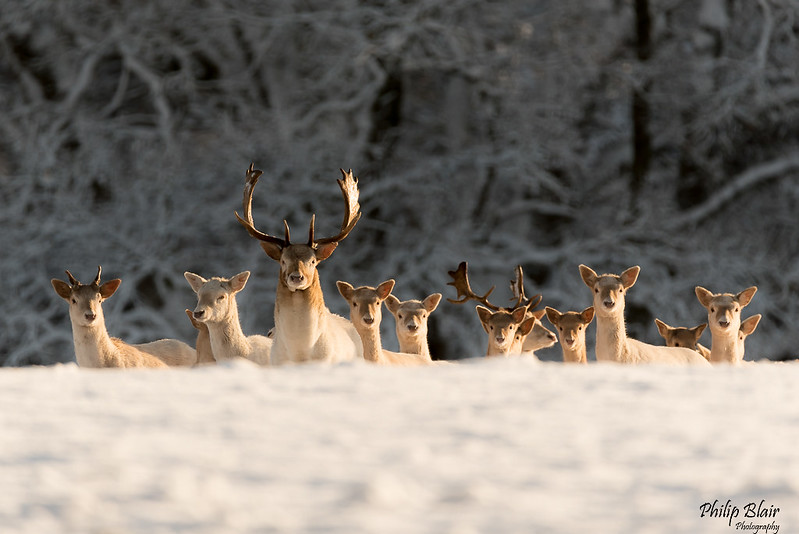
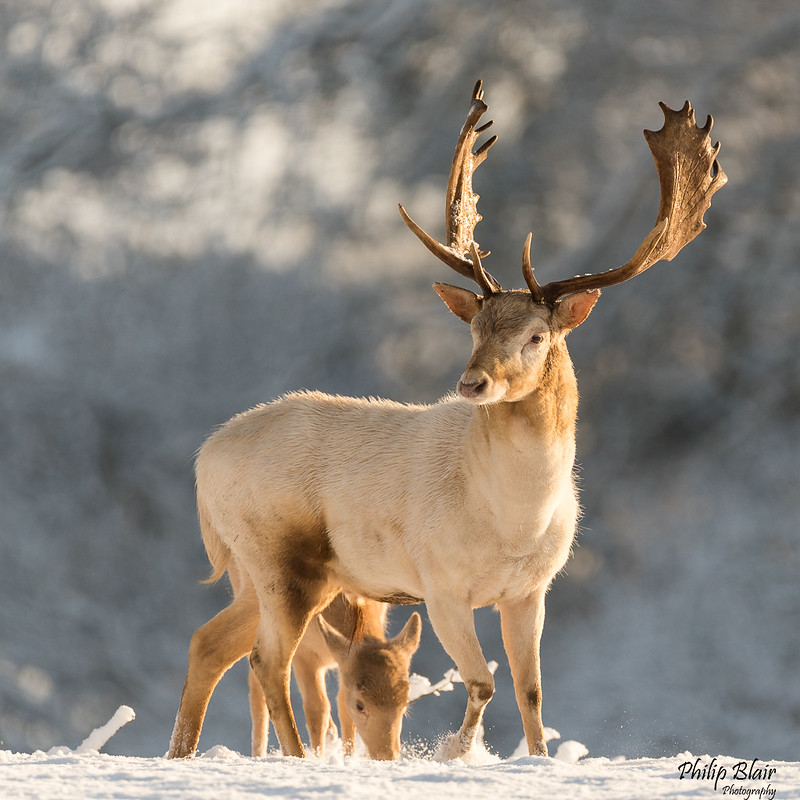
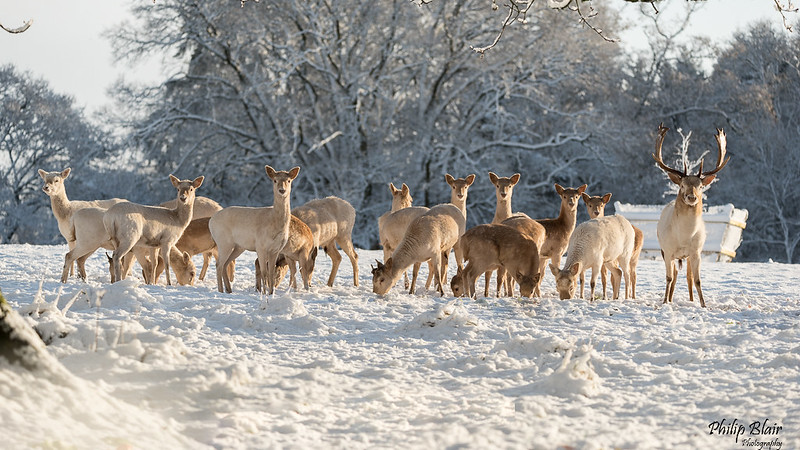
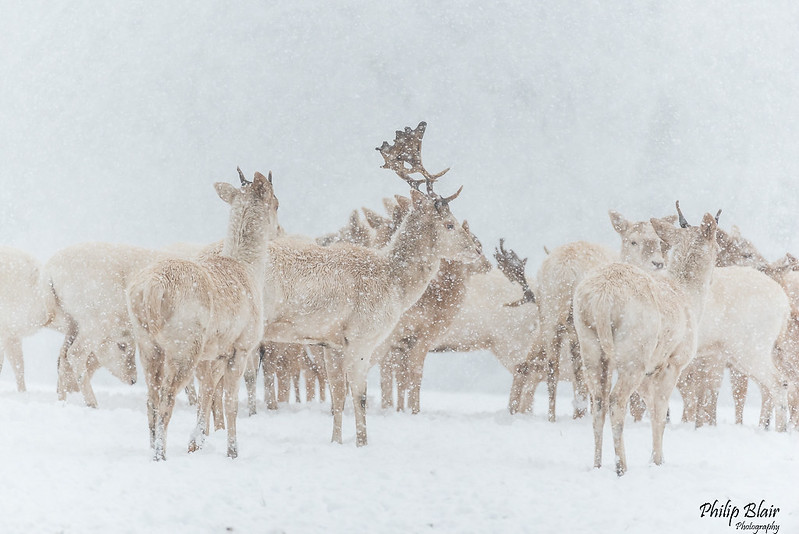
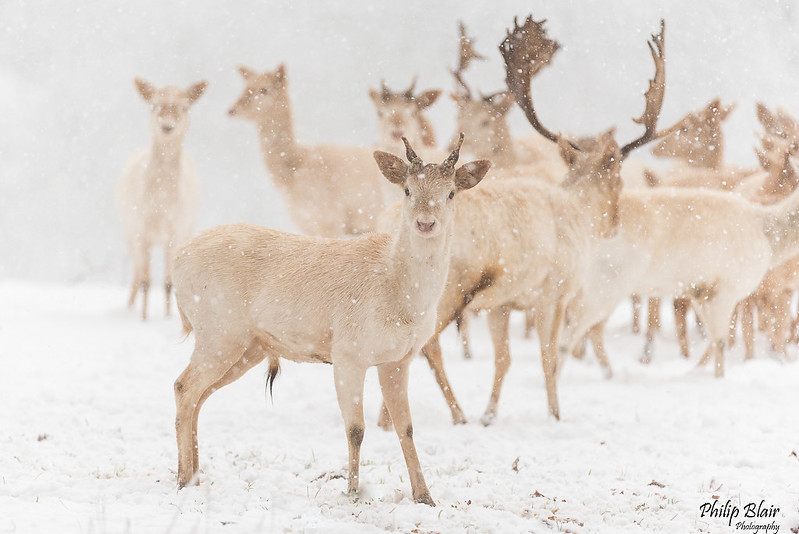
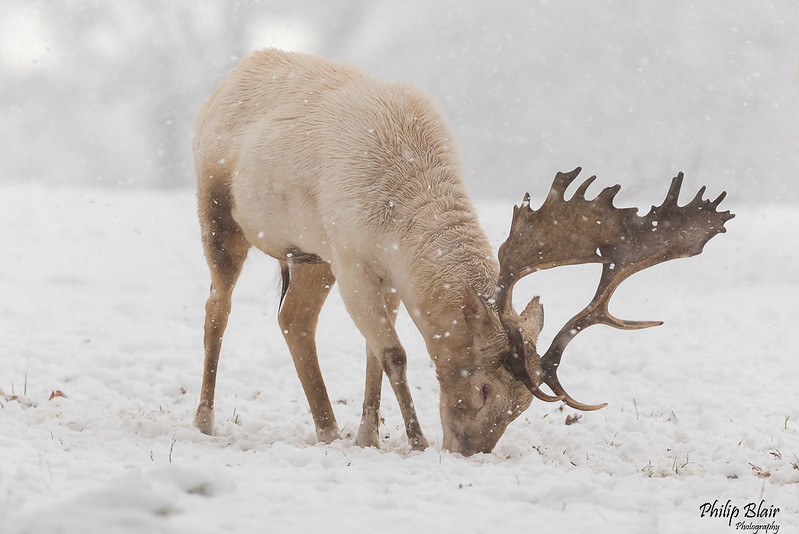

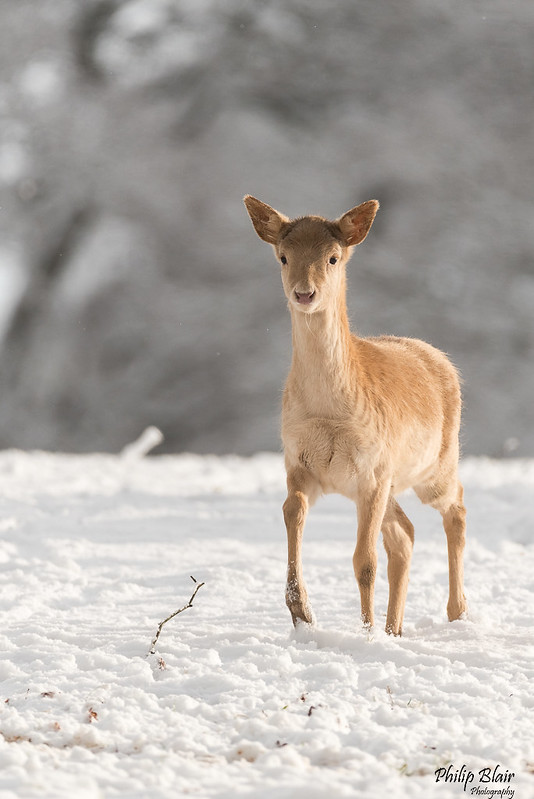
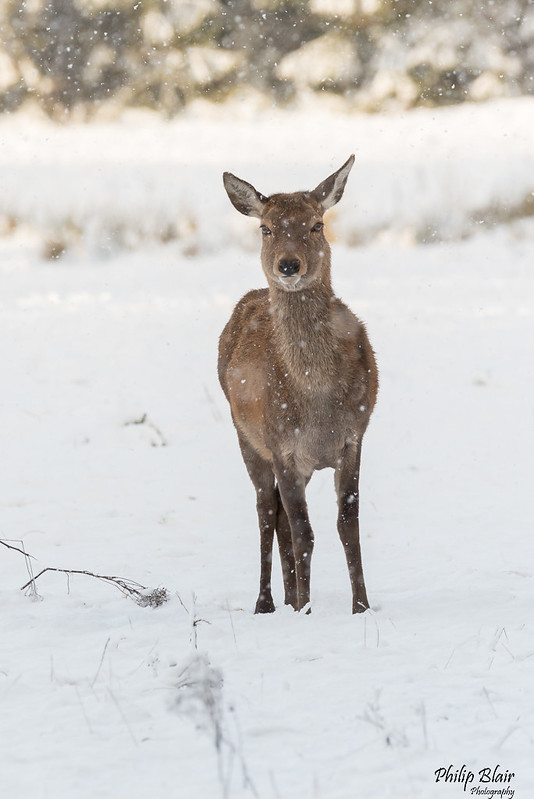
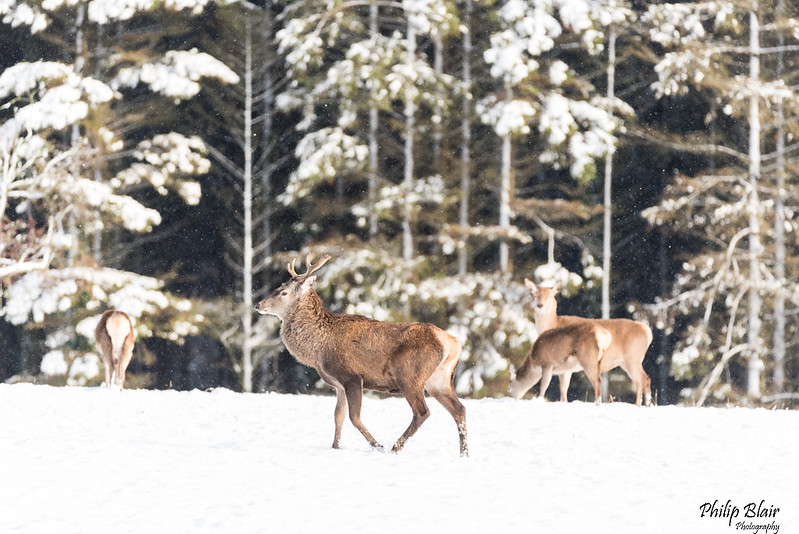
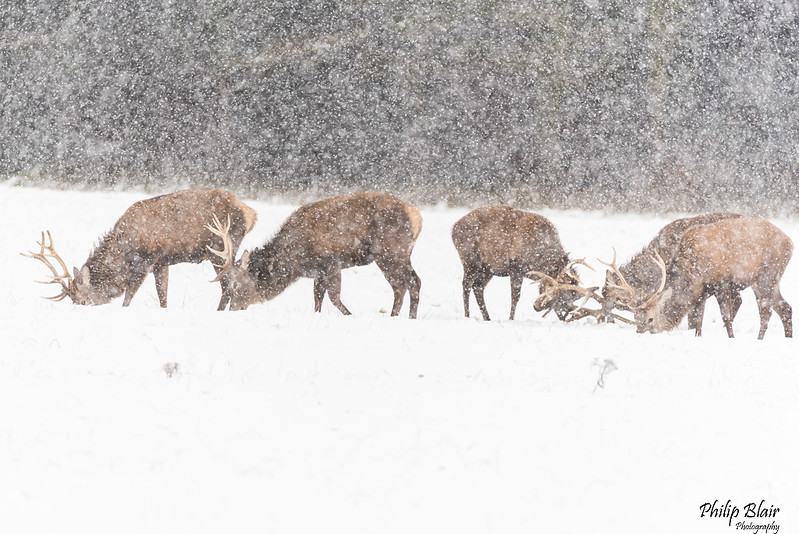
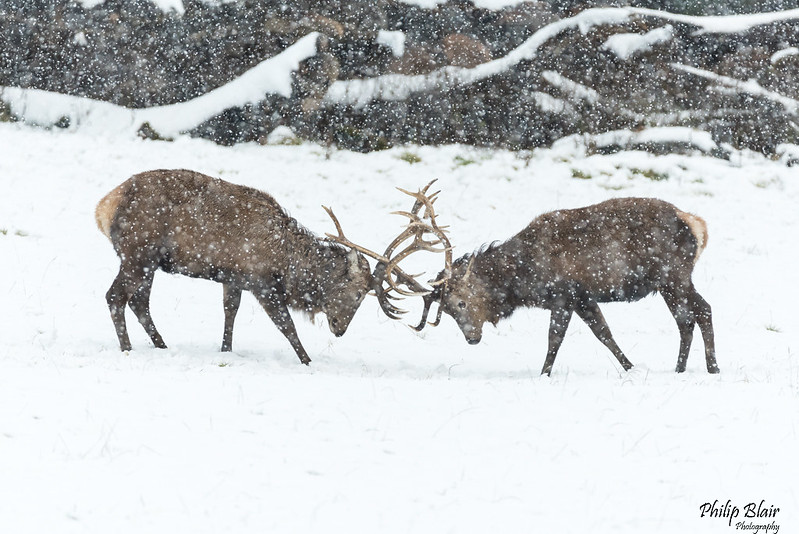

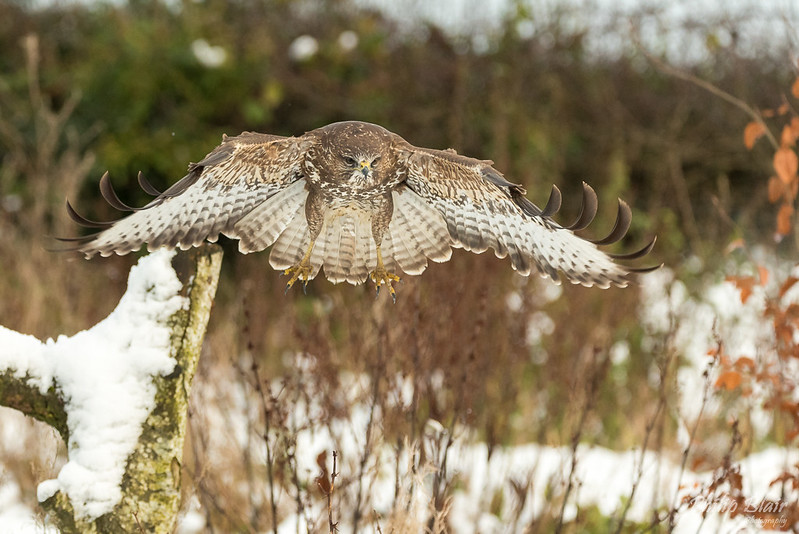

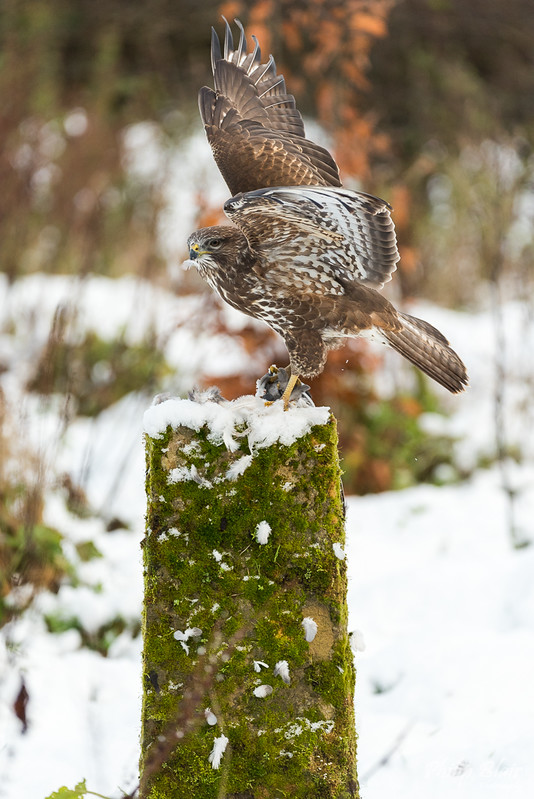

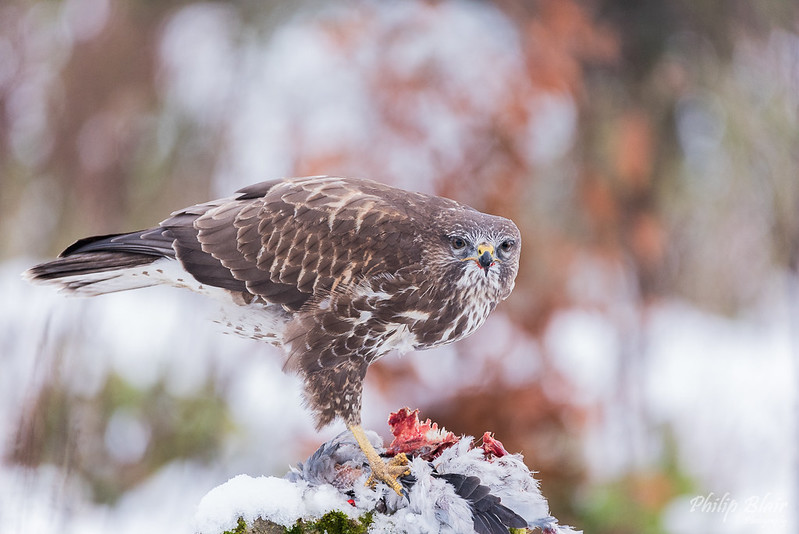
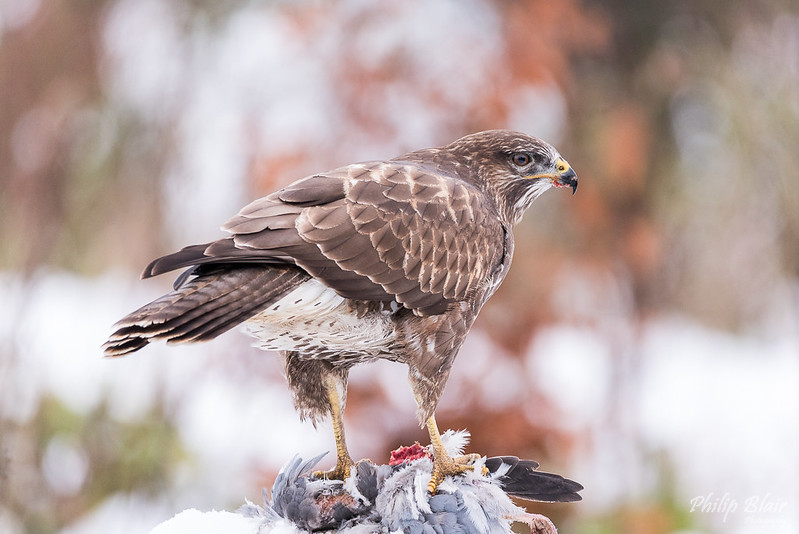


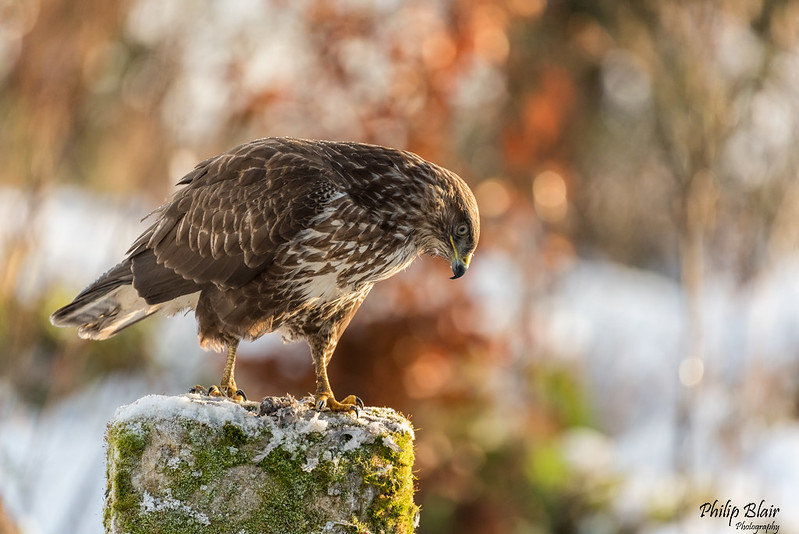

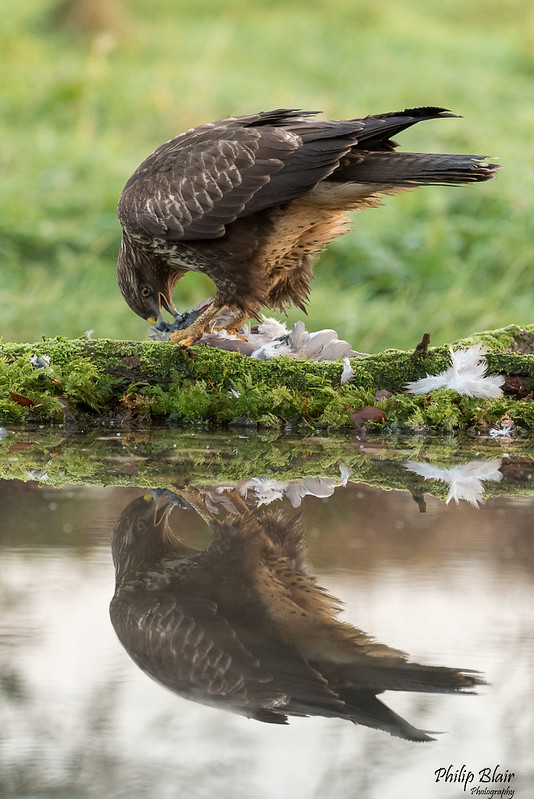


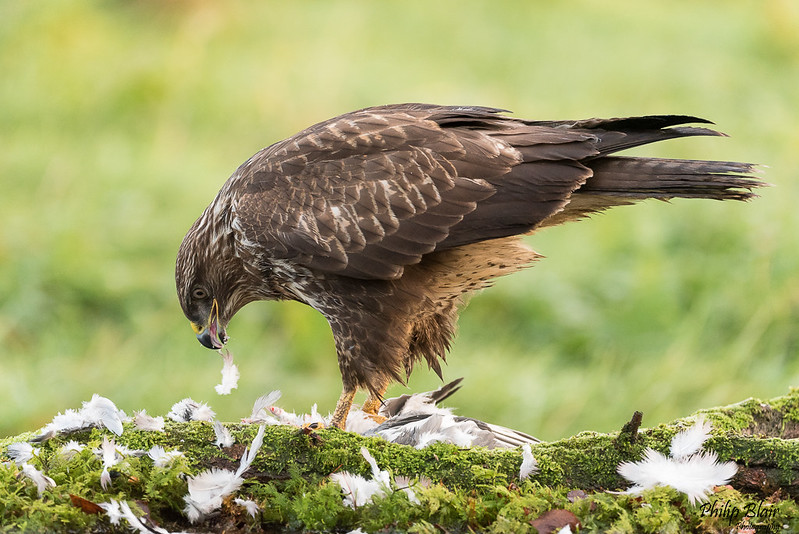


 Buzzard 3-12-17 (8 of 8)
Buzzard 3-12-17 (8 of 8)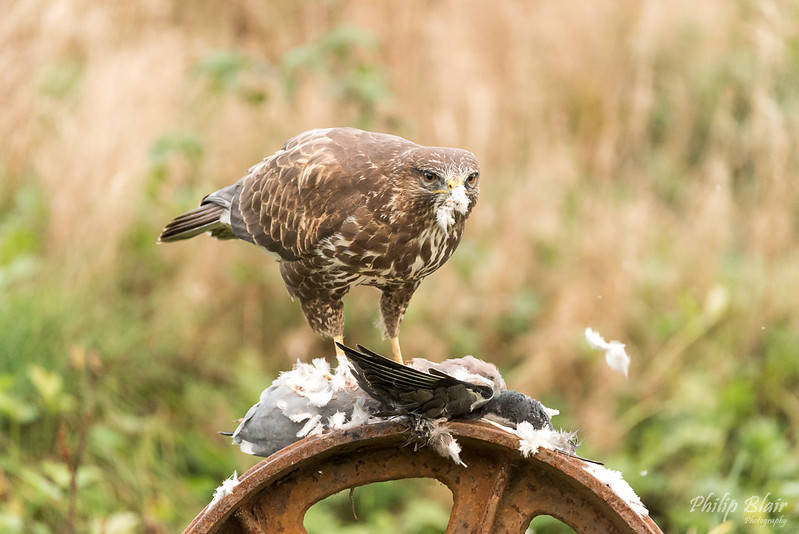 Buzzard 3-12-17 (7 of 8)
Buzzard 3-12-17 (7 of 8) Buzzard 3-12-17 (2 of 8)
Buzzard 3-12-17 (2 of 8)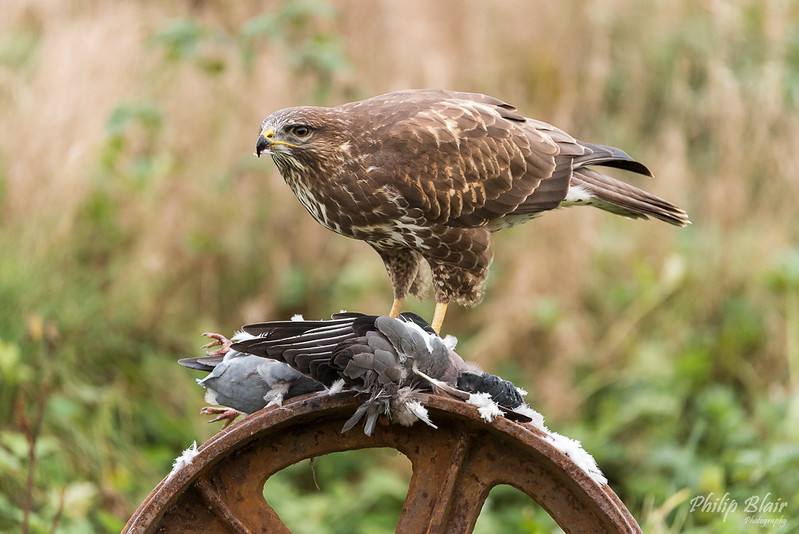 Buzzard 3-12-17 (4 of 8)
Buzzard 3-12-17 (4 of 8) Buzzard 3-12-17 (6 of 8)
Buzzard 3-12-17 (6 of 8)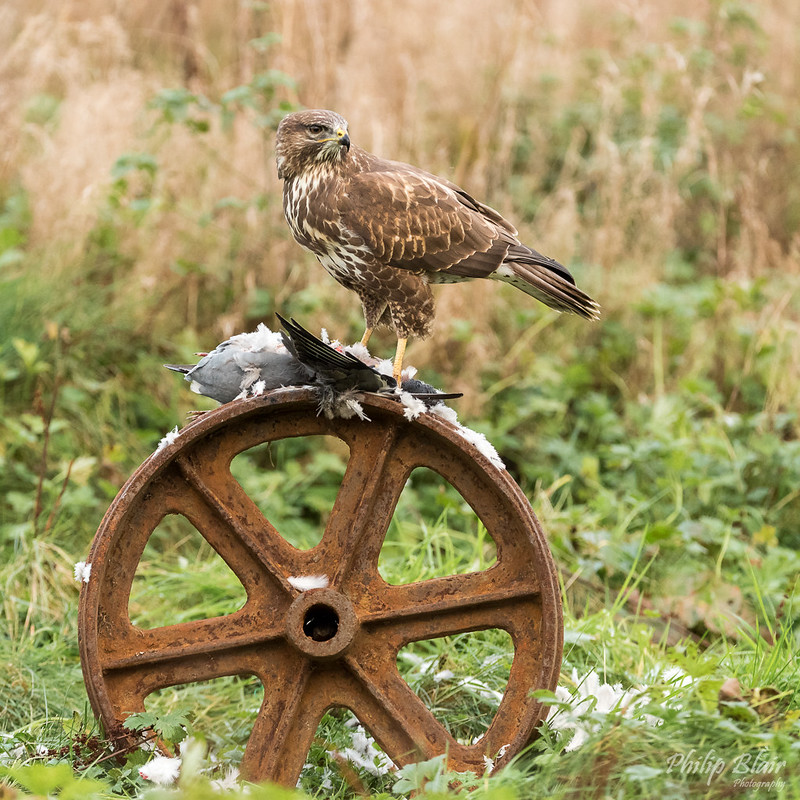 Buzzard 3-12-17 (5 of 8)
Buzzard 3-12-17 (5 of 8)
 Moon 29-12-2017 by -justTrev-
Moon 29-12-2017 by -justTrev- trentham #15
trentham #15 trentham #21
trentham #21 trentham #20
trentham #20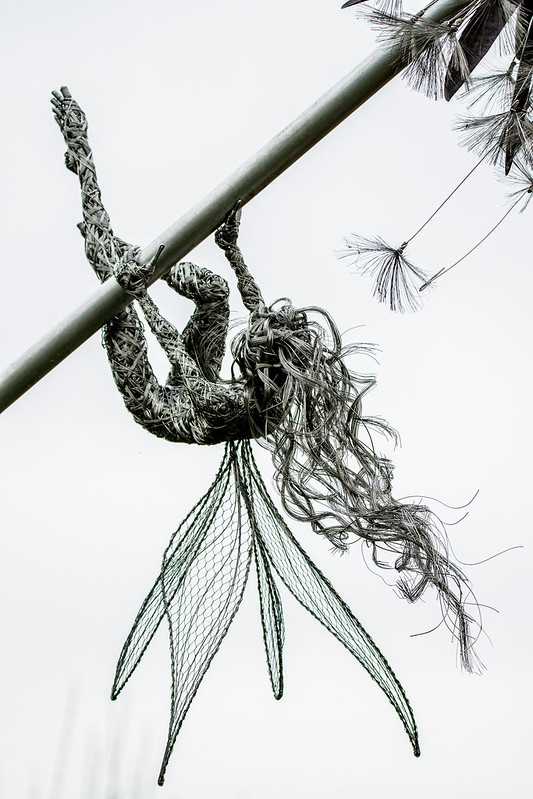 trentham #10
trentham #10 trentham #8
trentham #8


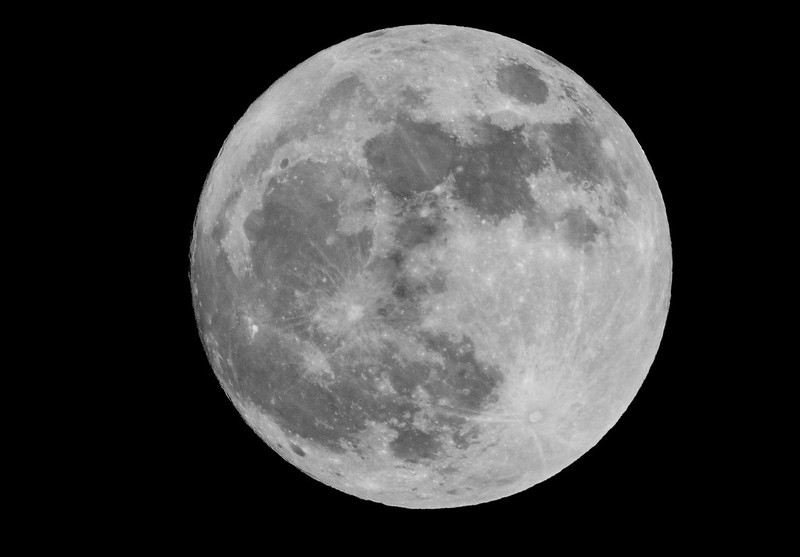 wolf moon g7
wolf moon g7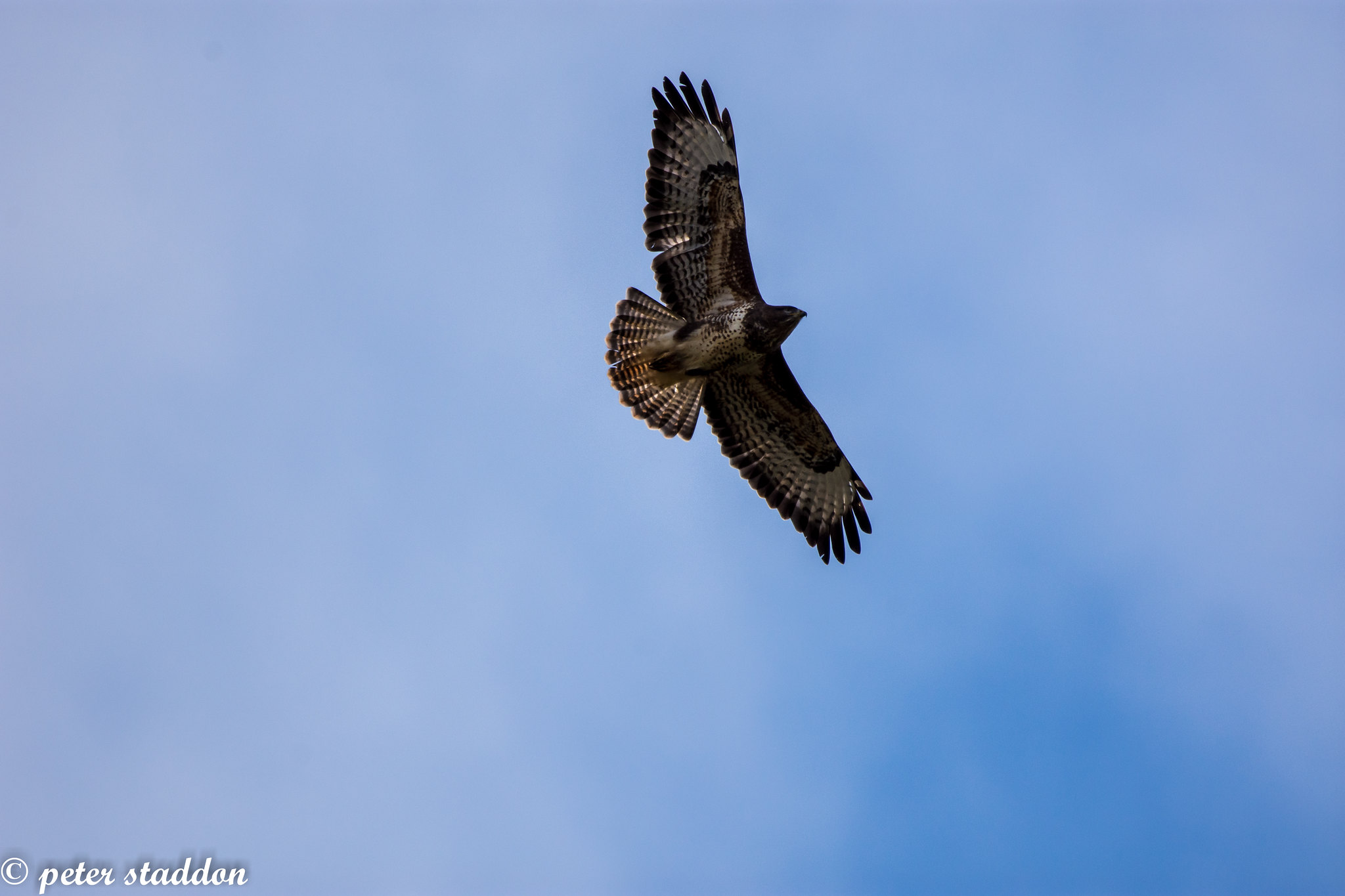 PAS_1323
PAS_1323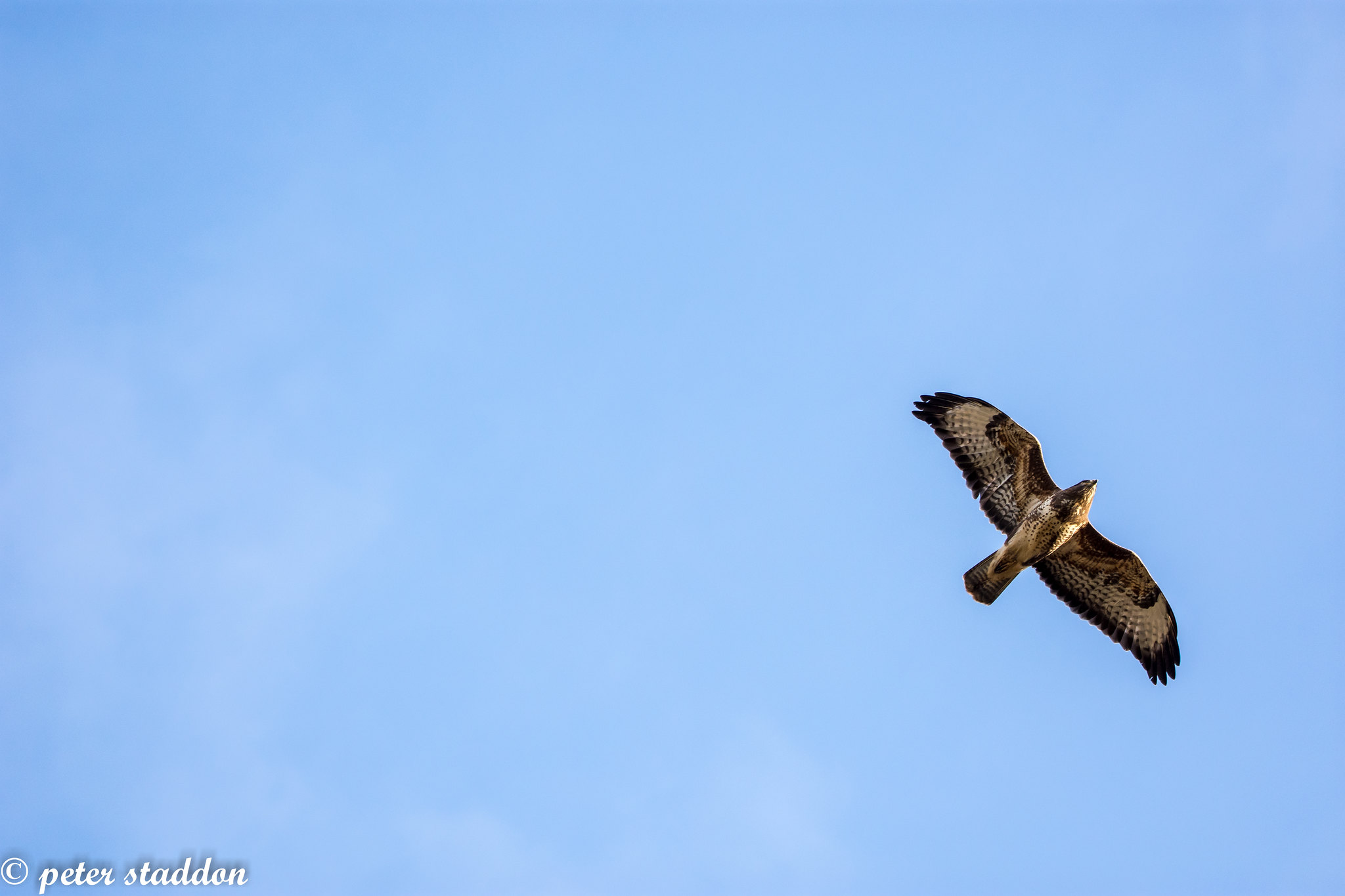 PAS_1277
PAS_1277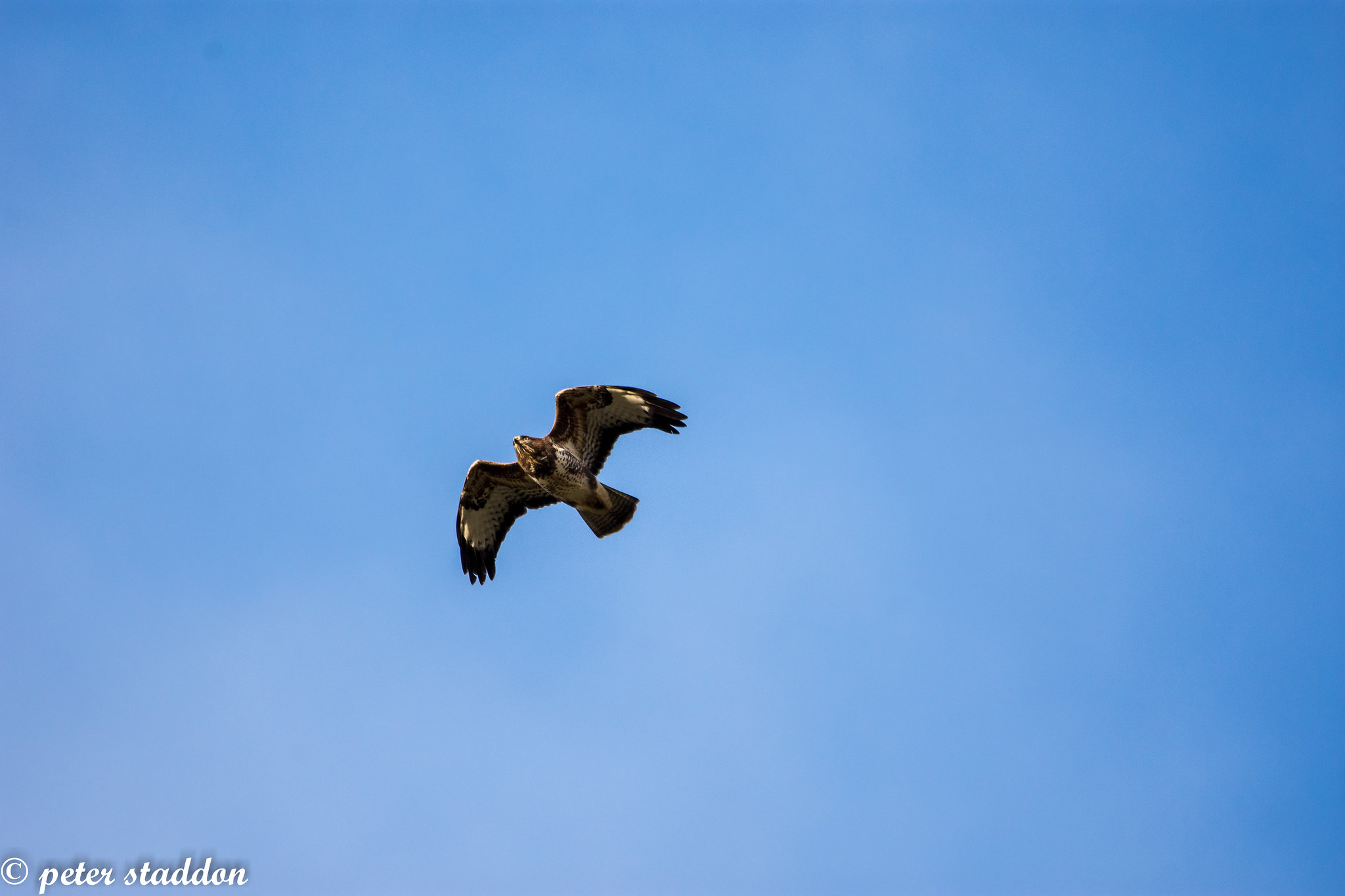 PAS_1369
PAS_1369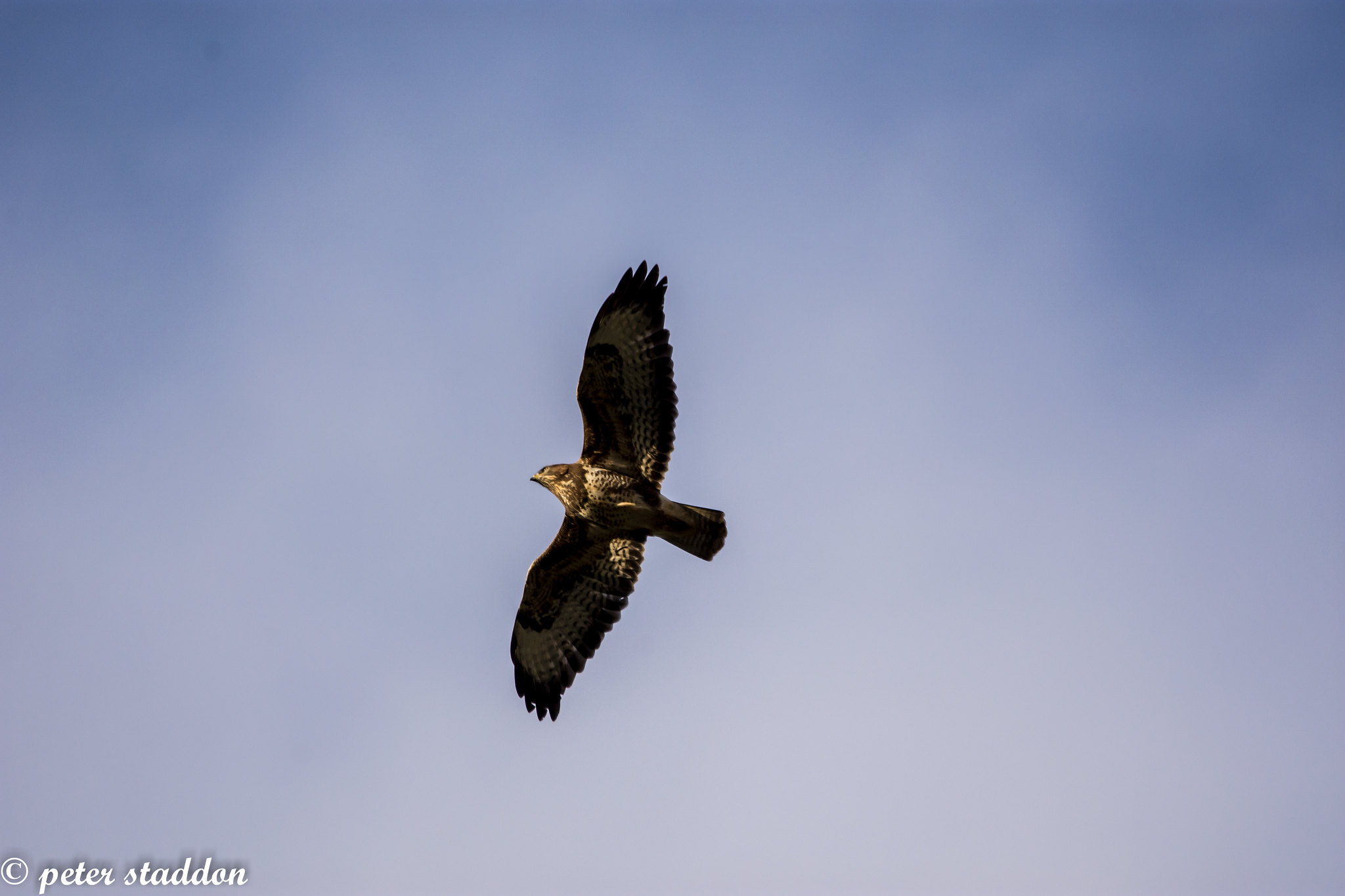 PAS_1387
PAS_1387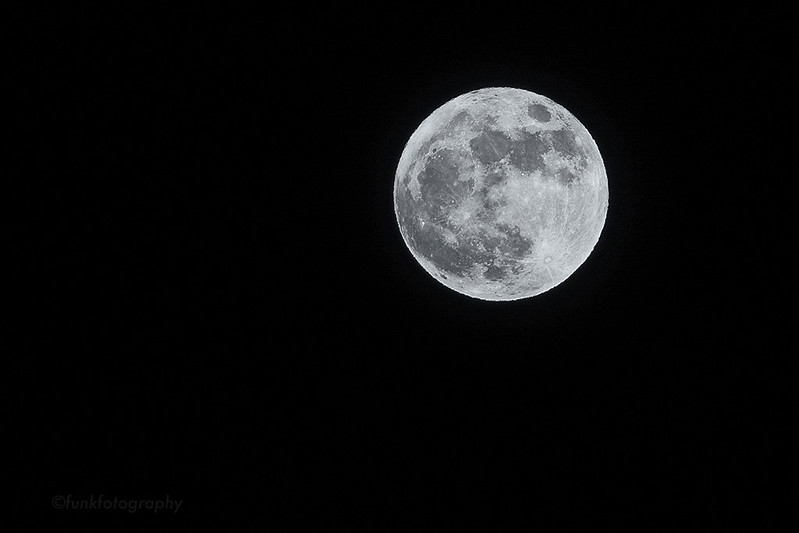
 moon g7 2nd january 2018
moon g7 2nd january 2018 moon 5image stack eos M
moon 5image stack eos M moon 5image stack eos M colour
moon 5image stack eos M colour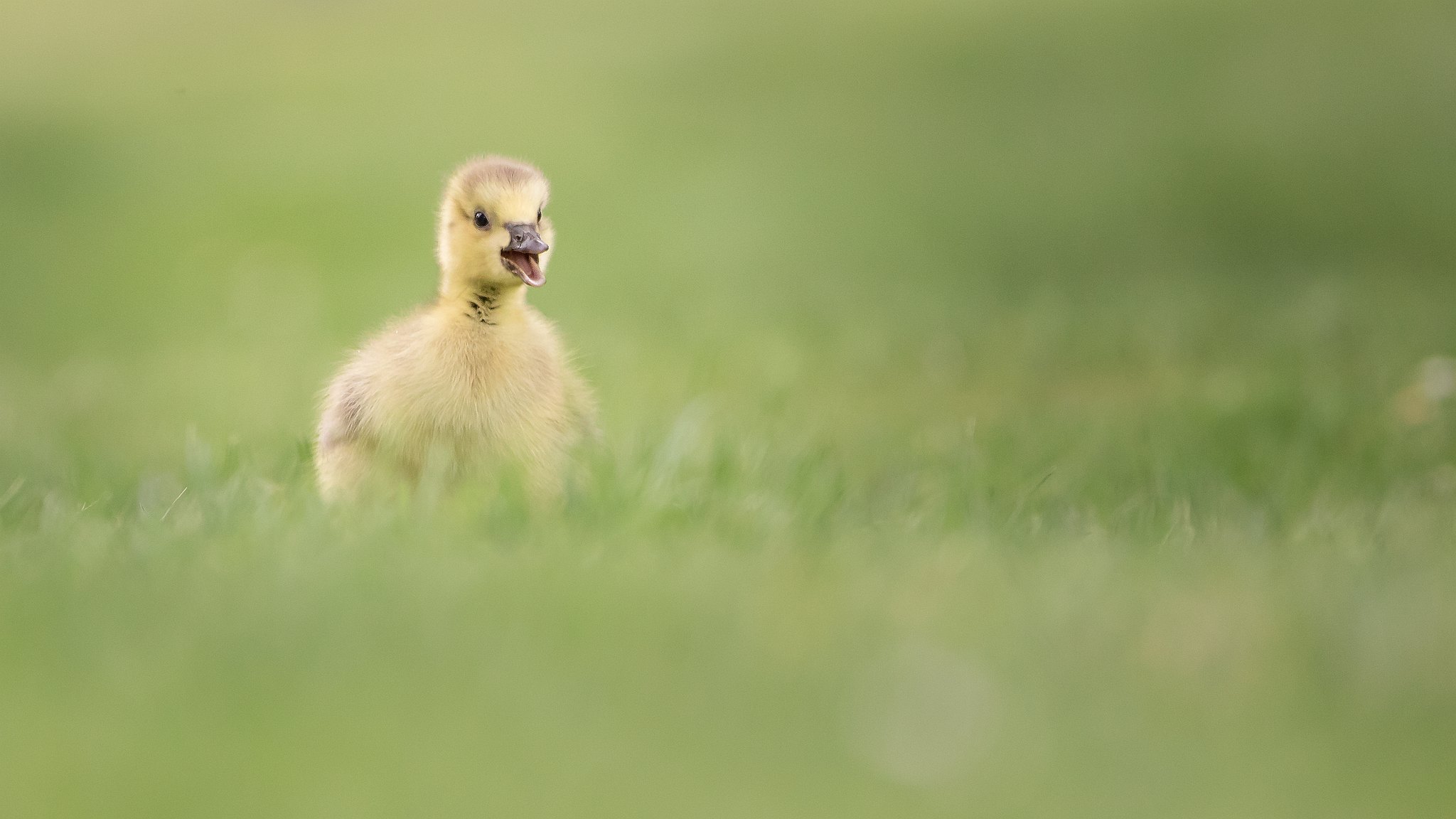
 Moon
Moon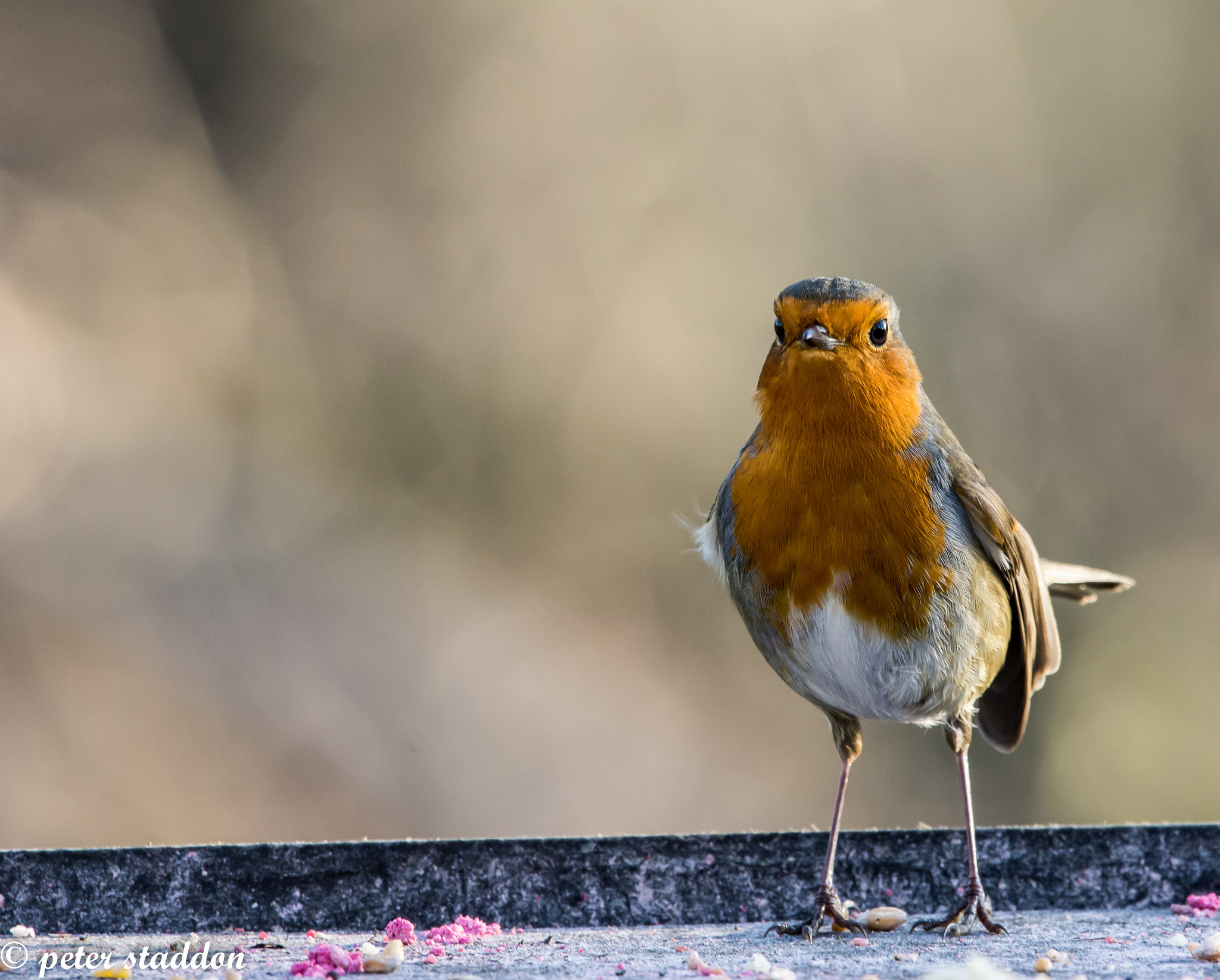 PAS_1634
PAS_1634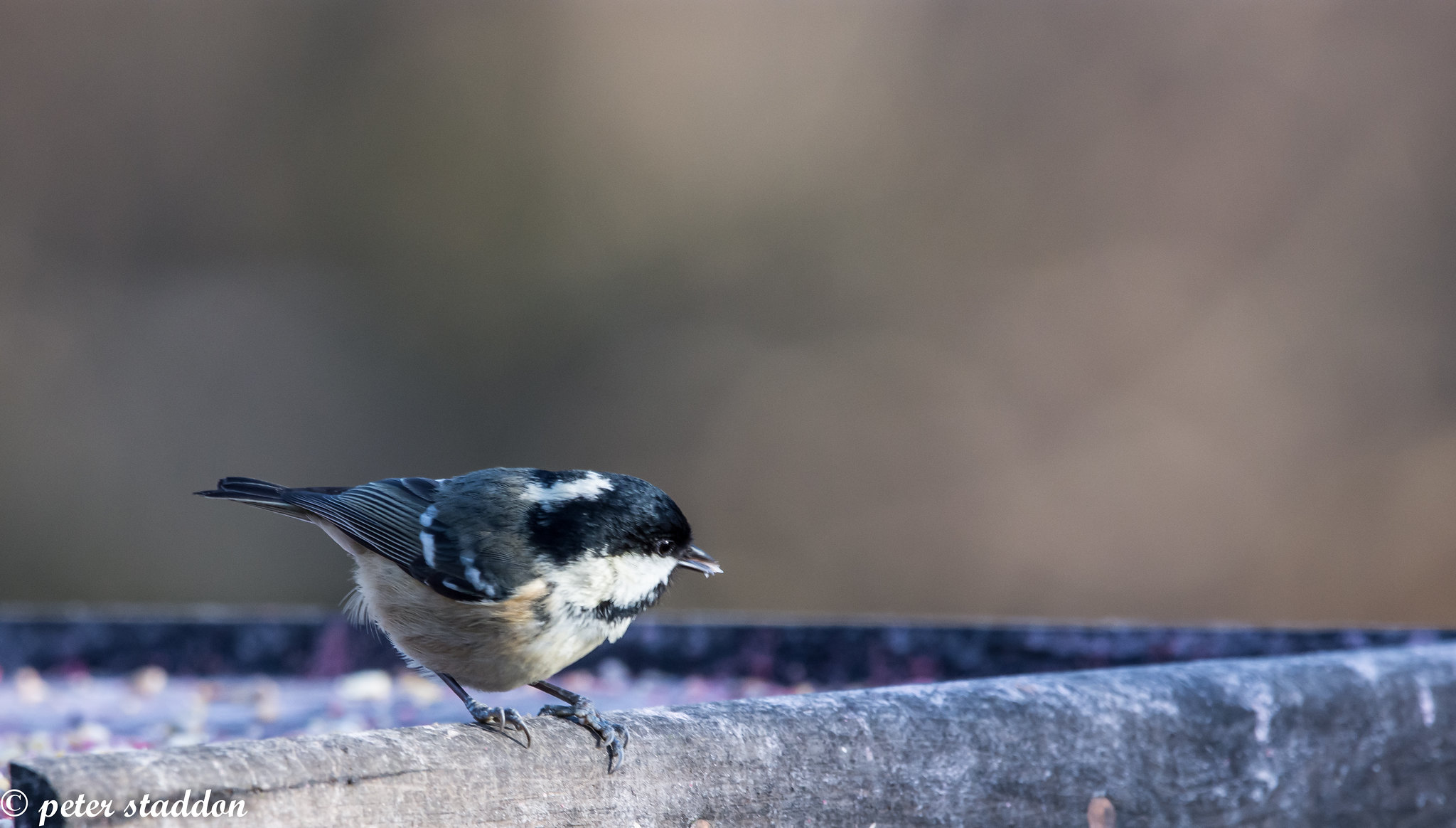 PAS_1619
PAS_1619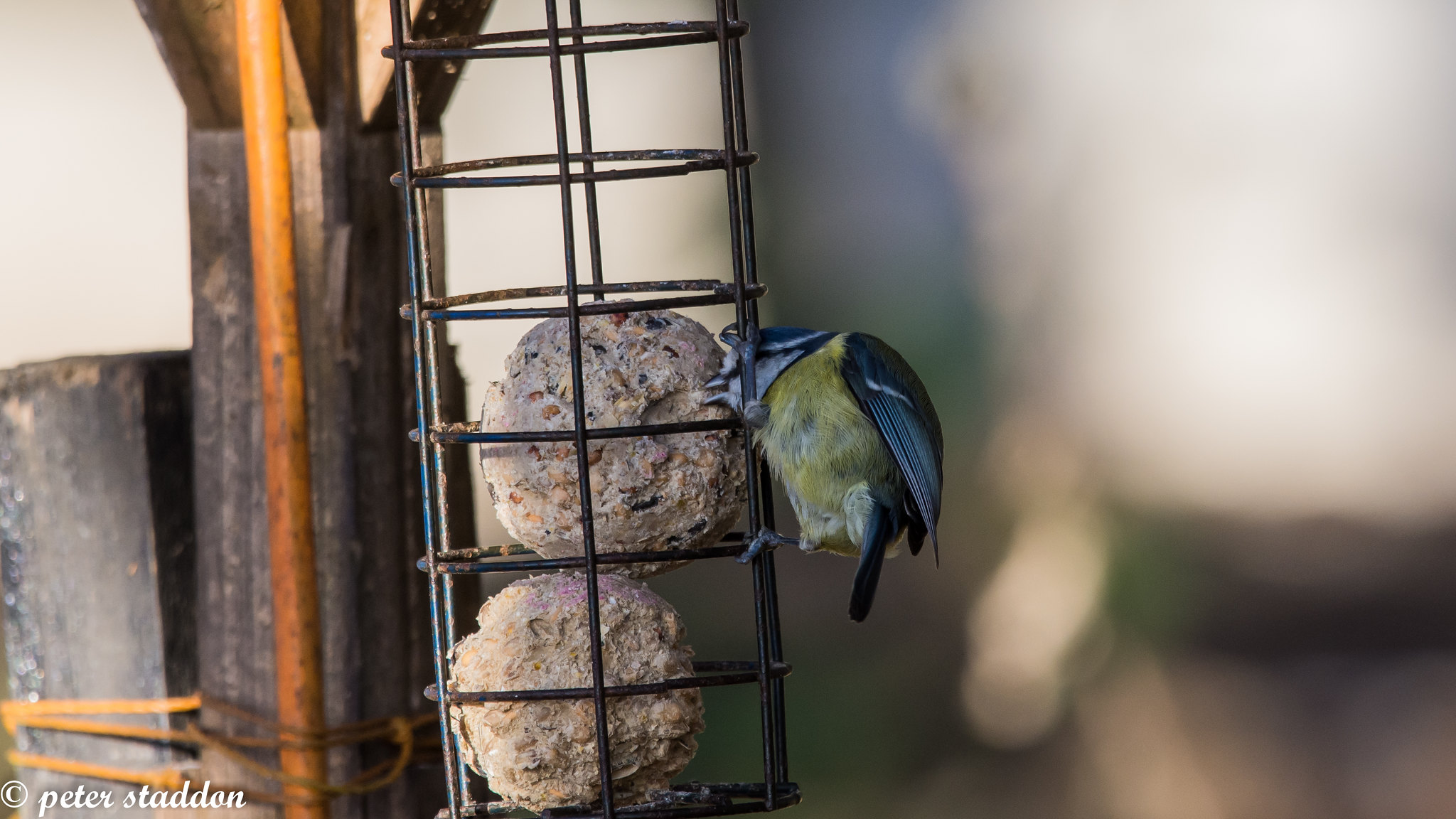 PAS_1601
PAS_1601 PAS_1586
PAS_1586 PAS_1579
PAS_1579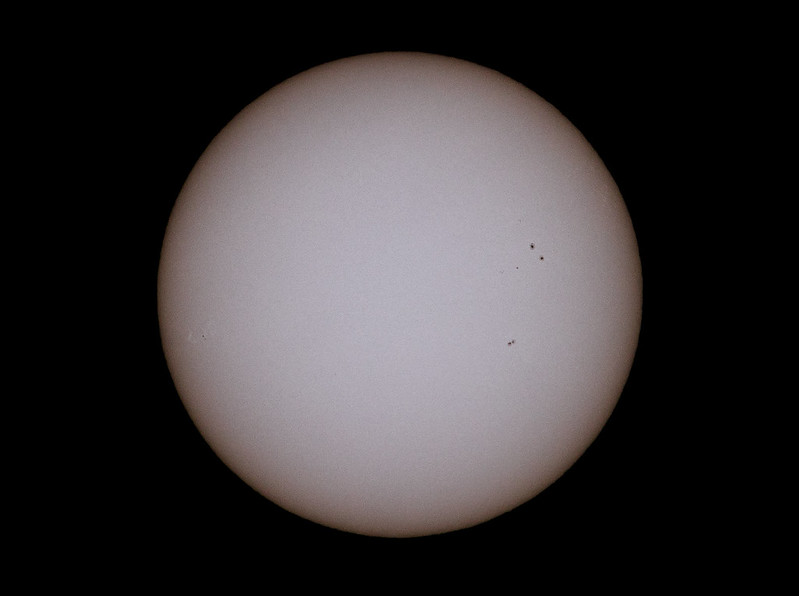 The Sun, 16th August 2016
The Sun, 16th August 2016
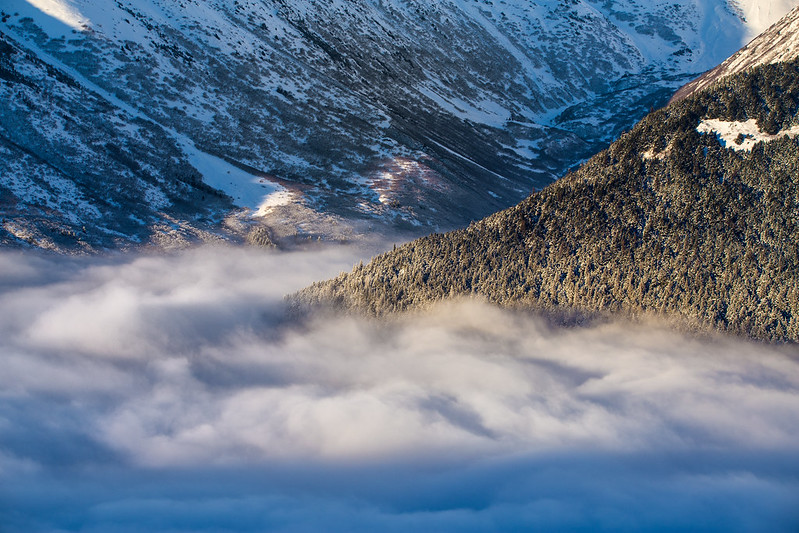 Above the clouds 2, Chugach mountains, Alaska
Above the clouds 2, Chugach mountains, Alaska